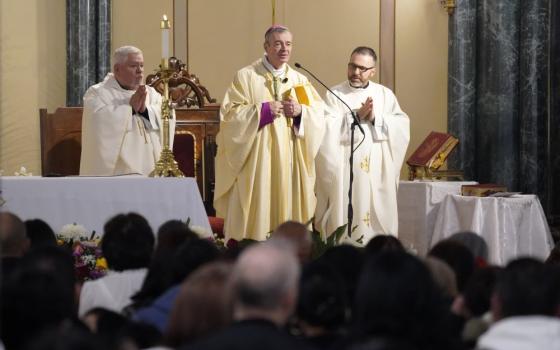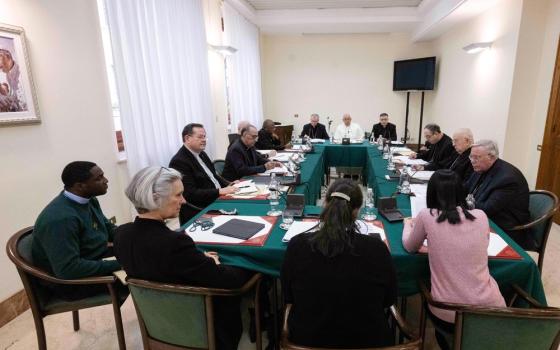January 26, 2011
On this day we celebrate the feast of Sts. Timothy and Titus.
Timothy was the child of a Greek father and a Jewish mother, Eunice. His grandmother's name was Lois. He learned to be a Christian from the women in his family.
Titus was a Gentile.
We know that Timothy and Titus were followers of Paul, sent by him on their missions to Corinth, Ephesus, Crete. Timothy traveled with Paul to Greece and Macedonia. Titus accompanied him to Antioch and to the Council of Jerusalem.
--1 Timothy 2:9-15
"The aged women, in like manner, in holy attire, not false accusers, not given to much wine, teaching well: That they may teach the young women to be wise, to love their husbands, to love their children, To be discreet, chaste, sober, having a care of the house, gentle, obedient to their husbands, that the word of God be not blasphemed."
-- Titus 2:3-5
Most scholars agree that the letters of "Paul" to "Timothy" and "Titus" were pseudonymous, "written 35 to 85 years after Paul's death." What we know of the real Titus and Timothy comes from Acts and from epistles actually written by St. Paul.
Numerous scholars have examined the teachings about women found in the Pastoral Epistles -- their cultural and historical settings, what they reveal about attitudes already developing in the Church at the time of their composition, and their deep and lasting effects on the Church. Among them are two of my favorites, Gary Macy and Ute Eisen. (Search terms: Timothy, Titus.)
Women Officeholders in Early Christianity: Epigraphical and Literary Studies, by Ute E. Eisen, The Liturgical Press, 2000.
The Hidden History of Women's Ordination: Female Clergy in the Medieval West, by Gary Macy, Oxford University Press, 2007.



